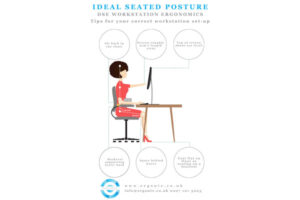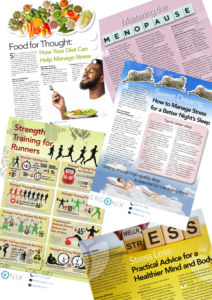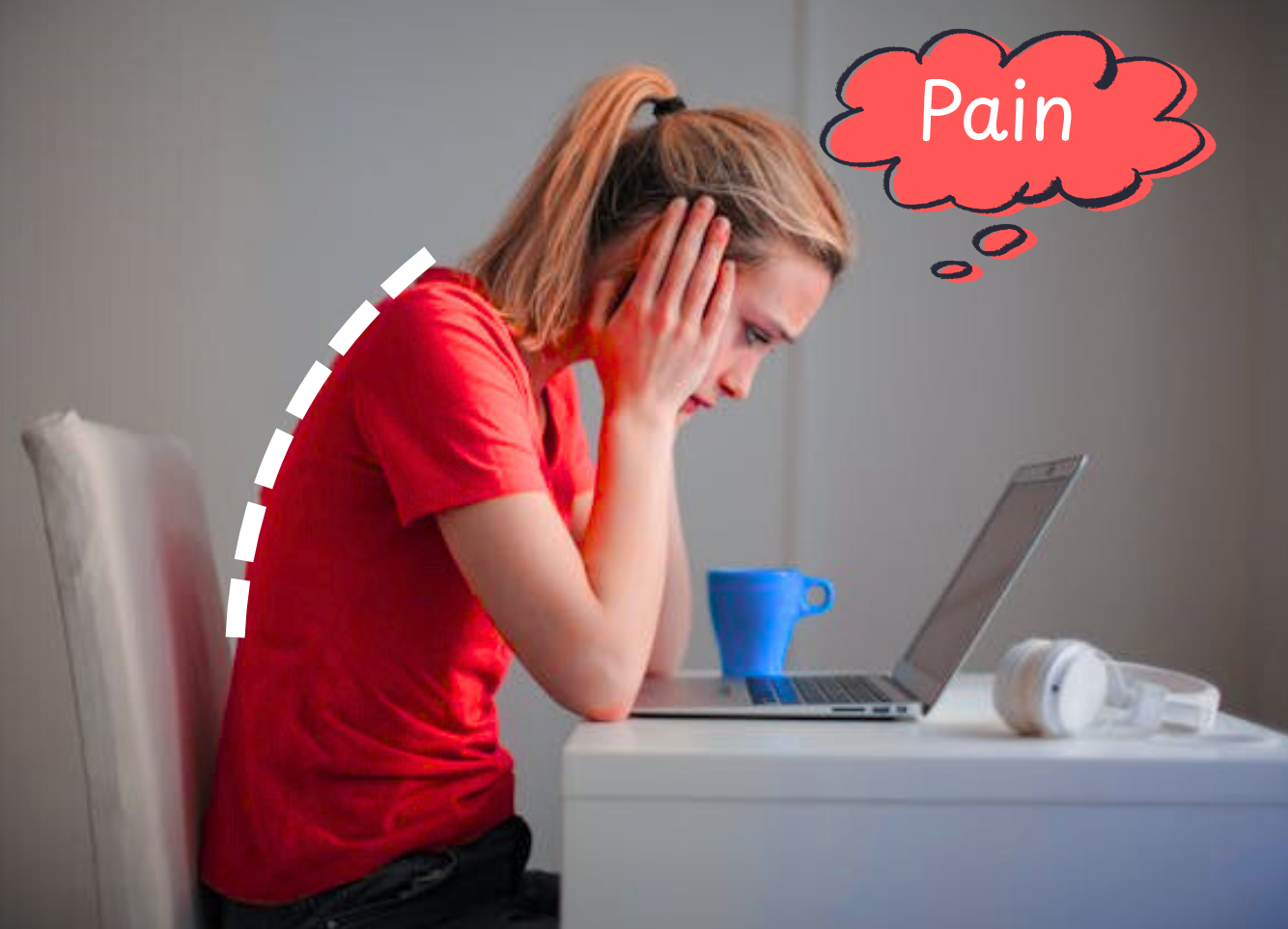 In support of Mental Health Awareness Week (12–18 May) and National Walking Month
In support of Mental Health Awareness Week (12–18 May) and National Walking Month
May is a powerful reminder of how our daily habits shape our overall health. With Mental Health Awareness Week and National Walking Month running side by side, it’s the perfect opportunity for organisations to spotlight how small, achievable actions can have a big impact on employee wellbeing — both mentally and physically.
The Link Between Movement and Mental Health
Sitting for long periods, poor posture, and a lack of natural movement can all contribute to fatigue, tension, and low mood. Encouraging regular movement isn’t just good for musculoskeletal health — it directly supports mental wellbeing by increasing energy, improving mood, and reducing stress.
Try this:
- Encourage staff to build short walks into their day — whether it’s a lap around the block at lunch or walking during phone calls.
- Promote stair use or active commuting where feasible.
- Introduce step-count or walking challenges as part of team’s wellbeing.
Build Stronger Connections at Work
The 2025 Mental Health Awareness Week theme is “Community”, highlighting the vital role of connection and belonging in supporting our mental health. Fostering a sense of community at work can reduce isolation and improve wellbeing — especially in hybrid or remote environments.
Support your team with:
- Virtual or in-person wellbeing check-ins
- Walking meetings or team walks to connect informally
- Creating opportunities for peer support and shared conversations around wellbeing topics
- Organising social activities like virtual coffee breaks or interest-based groups to strengthen informal connections
- Celebrating personal and work milestones to foster a positive and supportive community
Build Better Digital Habits at Work
Movement isn’t just about walking — it’s also about breaking the mental stillness of screen-based work. In line with Living Streets’ National Walking Month, it’s a great opportunity to encourage both physical activity and healthier work habits. Walking gives us a chance to unwind, move our bodies, and improve focus — all while reducing the negative effects of prolonged screen time, helping to lower stress levels and boost productivity.
Support your team with:
- Short, scheduled screen breaks (every 30-60 minutes) to stretch and move
- Standing/walking meetings or walking 1:1s to integrate more movement into the day, just like the #Try20 challenge, which encourages a 20-minute walk each day throughout May
- Encouraging camera-off time where appropriate to reduce screen fatigue and allow employees to reset mentally
Create a Healthier Workstation
Poor ergonomics can lead to discomfort, pain, and frustration — all of which impact mental health. A few well-placed changes, supported by DSE (Display Screen Equipment) assessments, can improve posture, reduce fatigue, and make the working day feel more manageable.
Tips for teams:
- Use an office chair with good lumbar (lower back) support
- Adjust your chair height so your elbows are at a 90–120 degree angle when resting on the desk
- If your feet don’t reach the floor after adjusting your chair, use a footrest
- Position the top of your screen at eye level and about an arm’s length away
- Take regular micro breaks to stretch your neck, shoulders, and lower back
- Encourage short, desk-based movement sessions to reduce stiffness and improve circulation
- Ensure that DSE assessments are carried out regularly to comply with legal requirements and guarantee that workstations are set up for both physical comfort and productivity
Hydration, Posture & Stress Relief – the Daily Trio
Simple reminders can go a long way. Most employees benefit from regular nudges to look after the basics:
- Hydration: Keep a reusable bottle on the desk and aim to take small sips regularly
- Posture checks: Reset posture after each screen break
- Quick stress relief techniques: Breathing exercises, gentle neck stretches, or simply stepping outside for a few minutes
These habits may seem minor, but they reduce the accumulation of stress and tension across the workday. To support employees in integrating these practices, organisations can invest in professional wellbeing resources, such as employee wellbeing workshops and expert workplace wellbeing content, which provide practical tools and strategies for maintaining hydration, improving posture, and relieving stress throughout the day.
Supportive Leadership Makes the Difference
Managers play a crucial role in embedding wellbeing into workplace culture. A few thoughtful actions can have lasting effects:
- Model the behaviour: take movement breaks and respect screen-free time
- Acknowledge workload pressures and check in regularly
- Share health and wellbeing resources and actively encourage their use
- Provide access to workshops or professional support when needed
In Summary
Small, practical habits — from walking more to adjusting posture — make a meaningful difference to employee health. This May, bring awareness campaigns to life by embedding wellbeing into everyday working practices. It’s not about grand gestures but about consistent, small steps that support both mental clarity and physical health.









